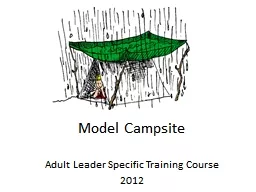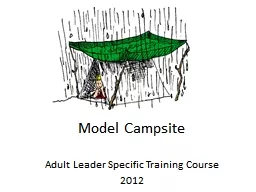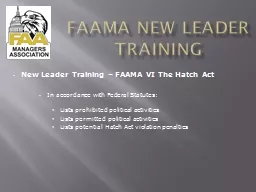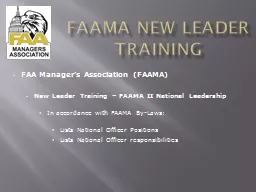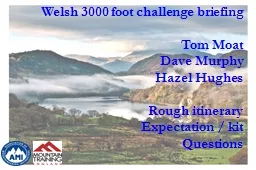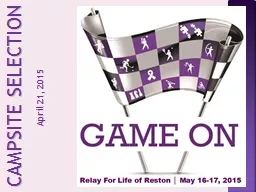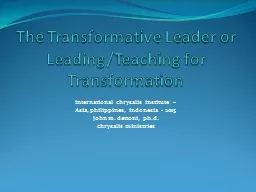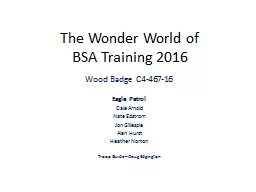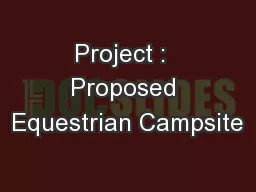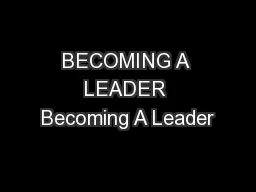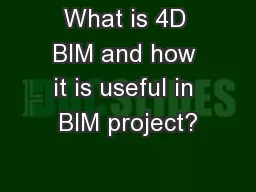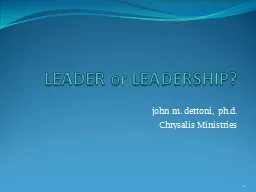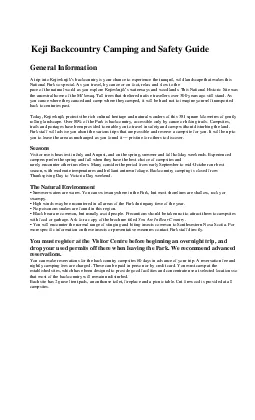PPT-Model Campsite Adult Leader Specific Training Course
Author : phoebe-click | Published Date : 2020-04-08
2012 Model Campsite Campsite easy on the land amp allows LNT Environmental impact use designated camping areas Safety especially when setting up in the dark
Presentation Embed Code
Download Presentation
Download Presentation The PPT/PDF document " Model Campsite Adult Leader Specific Tr..." is the property of its rightful owner. Permission is granted to download and print the materials on this website for personal, non-commercial use only, and to display it on your personal computer provided you do not modify the materials and that you retain all copyright notices contained in the materials. By downloading content from our website, you accept the terms of this agreement.
Model Campsite Adult Leader Specific Training Course: Transcript
Download Rules Of Document
" Model Campsite Adult Leader Specific Training Course"The content belongs to its owner. You may download and print it for personal use, without modification, and keep all copyright notices. By downloading, you agree to these terms.
Related Documents

